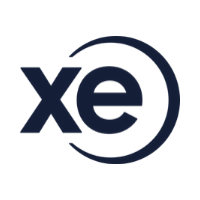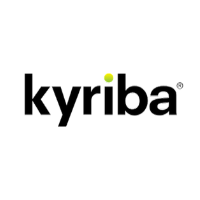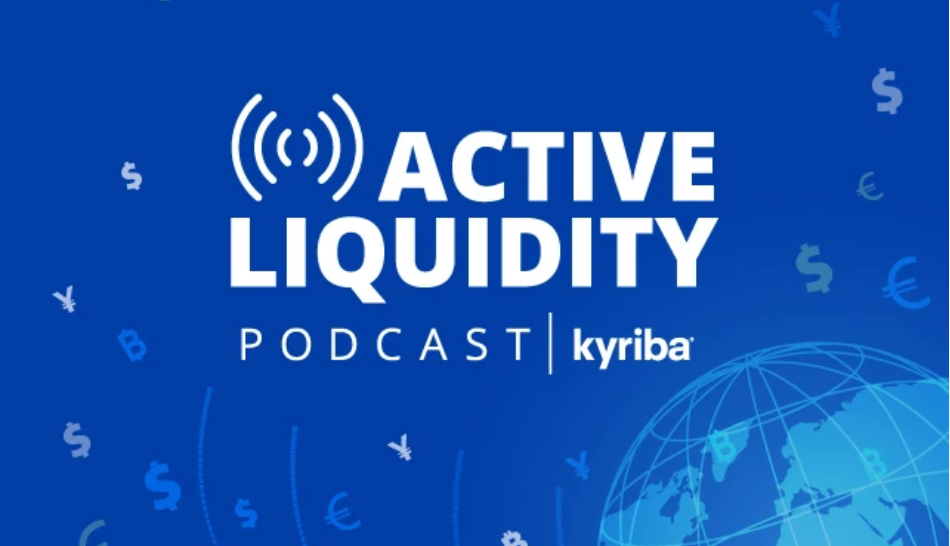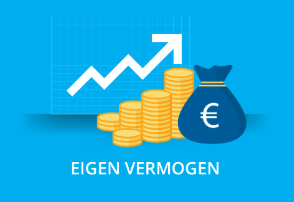What kind of investor type matches my company?
05-10-2020 | by Rowan Hermes | Symbid
A venture capital financing process takes, for example at Symbid, on average about 3 to 6 months. Shorter is certainly possible with the right effort and focus. Trajectories of 1 or 2 months have occurred at Symbid. The exact duration of a process depends on various financial, legal and organizational aspects.
Blog continues in Dutch language:
Het start allemaal bij de uitgebreide fundingscan en welke documenten je al aan kunt leveren. Hierna is de duur afhankelijk van het bedrag wat je wilt ophalen, interesse bij private investeerders en uiteindelijke de interesse van de publieke investeerders. Als je op zoek bent naar financiering is het daarom verstandig om een halfjaar vooruit te plannen. Zo ben je in ieder geval niet te laat!
Van grote invloed op de uiteindelijke duur van een financieringstraject is het type investeerder dat je aanspreekt. Het aanspreken van sommige investeerders duurt nu eenmaal wat langer dan andere investeerders. Toch is het niet verstandig om je te laten leiden door de verwachte duur van een traject. Veel beter kun je bedenken welke investeerder bij jouw bedrijf past. Dát is namelijk van zeer groot belang voor het succes van de financiering en de relatie met je investeerder erna.
Community- en co-funding
Bij community- en co-funding spreek je een grote en diverse groep investeerders aan. De opzet van het type financiering en de marketing van je bedrijf zijn hierbij van groot belang. Je bent op zoek naar ambassadeurs, mensen die dermate in jouw bedrijf geloven dat ze er financieel aan willen bijdragen. Naast de investering die gebruikt kan worden om te groeien of op te schalen bewijst het hebben van ambassadeurs dat er vraag is naar je product. Omdat de groep zo divers is, word je van verschillende kanten en op verschillende manieren beoordeeld. Je krijgt veel input en relevante feedback en vergroot de betrokkenheid bij je bedrijf. Een extra voordeel kan zijn dat je gunfactor groter wordt, bijvoorbeeld door aandacht in de media.
Als je behoefte hebt aan financiering, maar niet bij één Business Angel of een Venture Capitalist terecht kunt, is financiering via community- en co-funding een goede optie. Je brengt je bedrijf onder de aandacht bij een grote groep mensen, weet ambassadeurs aan je te binden en krijgt vaak support uit je investeerdersgroep.
Business Angels
Business Angels worden ook wel informele investeerders genoemd. Het zijn (vaak voormalige) ondernemers die hun geld gebruiken om te investeren in innovatieve startups en jonge scale-ups. Er zijn twee typen Business Angels. Enerzijds de Business Angels met de nadruk op ‘business’, de berekenende zakenmannen, en anderzijds de Business Angels met de nadruk op ‘angel’, de weldoeners. Beide typen beoordelen aanvragen op de persoonlijkheid van de ondernemer en kwaliteit van de plannen. In ruil voor hun investering verwachten ze meestal een deel van de aandelen. Naast financiering hebben deze ervaren ondernemers nog meer te bieden, namelijk hun ervaring en netwerk. In welke mate een Business Angel betrokken is bij het bedrijf is afhankelijk van de fase waarin ze toetreden en de afspraken die gemaakt worden.
Als je op zoek bent naar een ervaren mentor die je kan coachen en begeleiden past een Business Angel goed bij jou. Meestal stappen ze in een vroege fase van het bedrijf in en helpen ze je bij het maken van goede keuzes, delen ze branchekennis en brengen ze je in contact met de juiste personen. Zorg wel dat je met de persoon een klik hebt. Je gaat voor langere tijd met elkaar in zee.
Venture Capitalists
Soms worden de termen Business Angel en Venture Capitalist door elkaar gebruikt. Er is echter een duidelijk verschil. Waar een Business Angel investeert met eigen geld, investeert een Venture Capitalist met geld van anderen (en een deel eigen geld). Dit geldt wordt bijvoorbeeld gestort door meerdere private investeerders, corporates of Family Funds. Ook is er, in Nederland, een verschil in de bedragen die ingelegd worden. Er zijn maar weinig Business Angels die meer dan een half miljoen in één bedrijf stoppen. Investeringen van Venture Capitalists starten echter vaak vanaf dat bedrag. Venture Capitalists beoordelen op de kwaliteit van het managementteam, uitgebreid due diligence- en marktonderzoek, cashflow analyse en rendementsprognose. Je komt vaak pas in aanmerking voor het kapitaal van Venture Capitalists als je kunt bewijzen dat je al een mooie omzet maakt en goede plannen hebt om je omzet verder te laten groeien.
Een Venture Capitalist past bij jou als je een bedrijf hebt wat al lekker loopt, je hebt je bestaansrecht en positie in de markt bewezen, je groeit jaar op jaar stevig, maar wilt nog verder opschalen en hebt daarvoor een grote financiering nodig. Zij brengen naast financiering ook branchekennis en hun netwerk mee. Ook werken ze vaak een dag per week of per twee weken met je team mee om de groei te versnellen.
Masterclass groeifinanciering
Elke maand houden wij een masterclass over groeifinanciering. Een van de vaste onderwerpen die we bespreken is het bereiken van de juiste investeerders. Ben jij benieuwd hoe financiering via aandelen jou als ondernemer kan helpen sneller te groeien en hoe je de juiste investeerders bereikt, van crowdfunders tot business angels en strategic investors? Sluit dan aan bij onze masterclass!
Elke eerste dinsdag van de maand vanaf 11:30. Online zolang de maatregelen rondom het coronavirus van kracht zijn. Meer informatie.


















